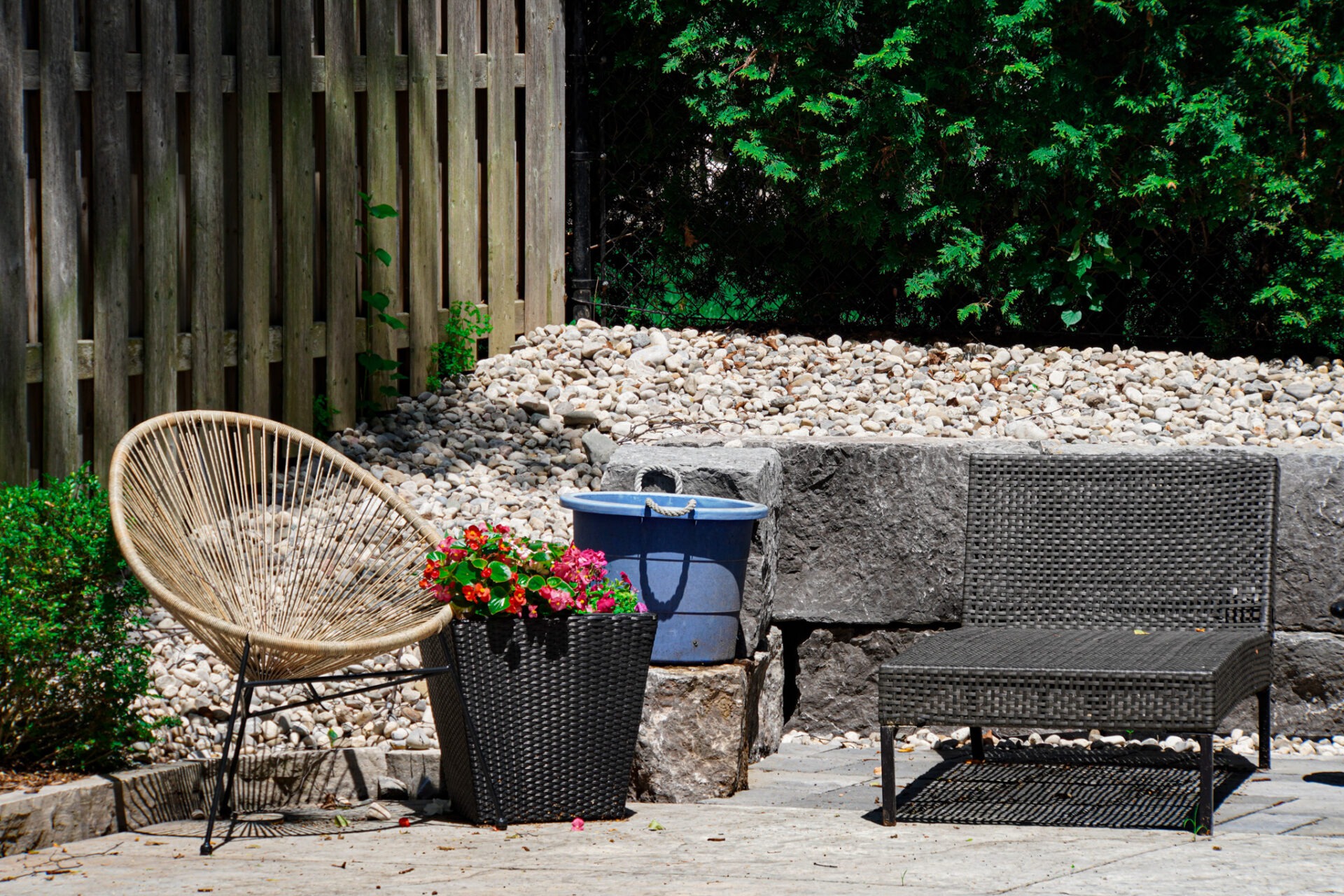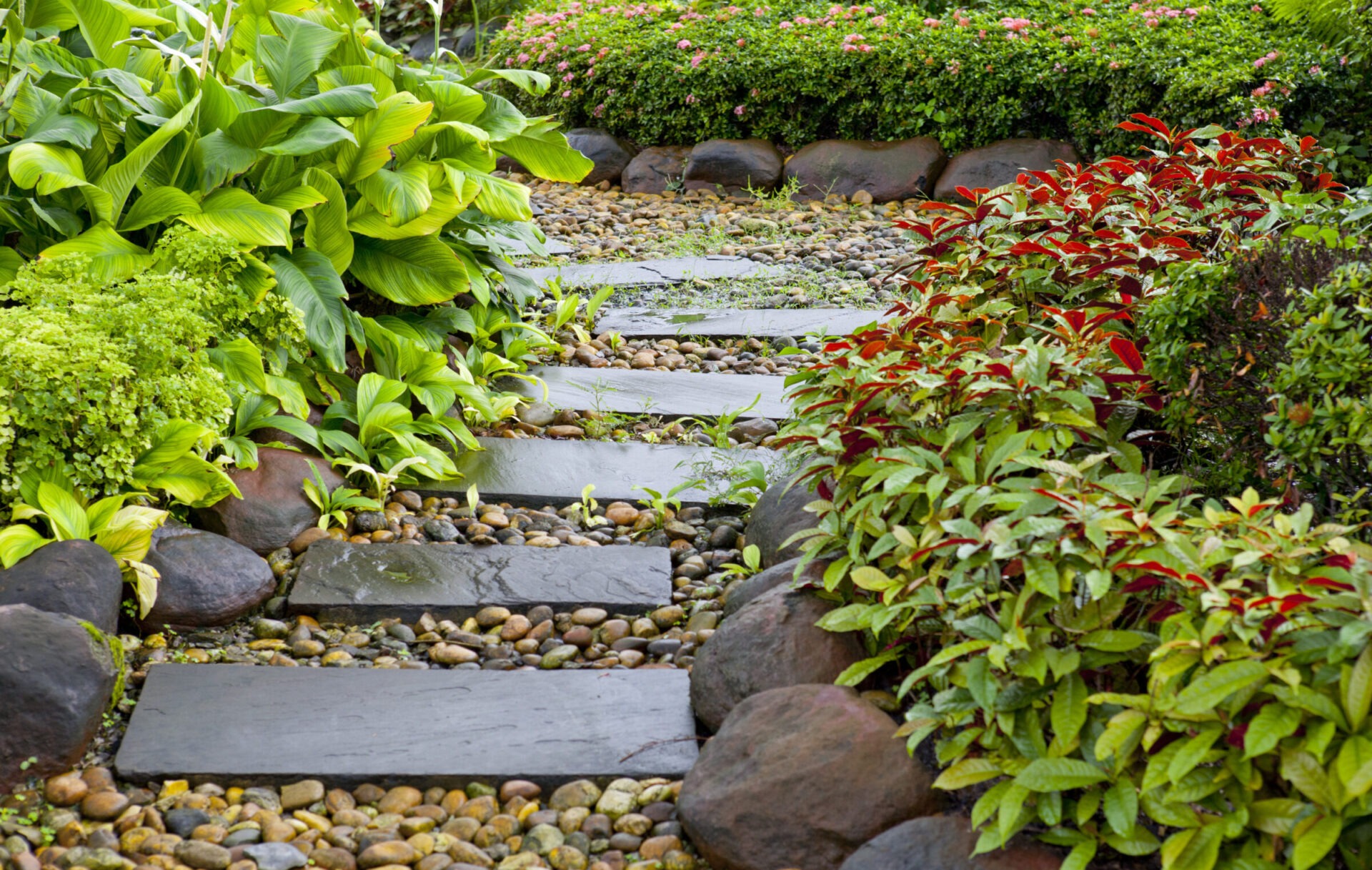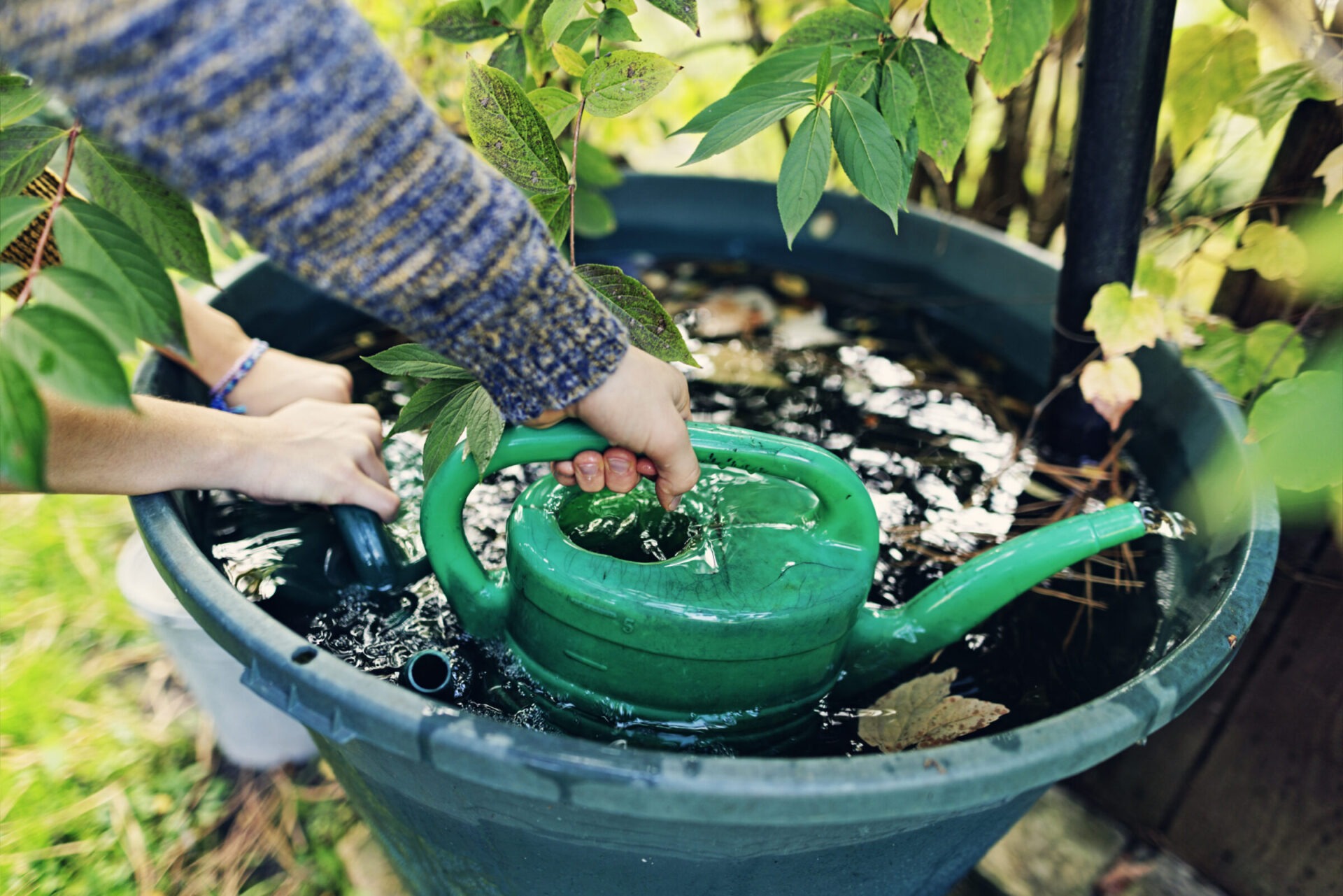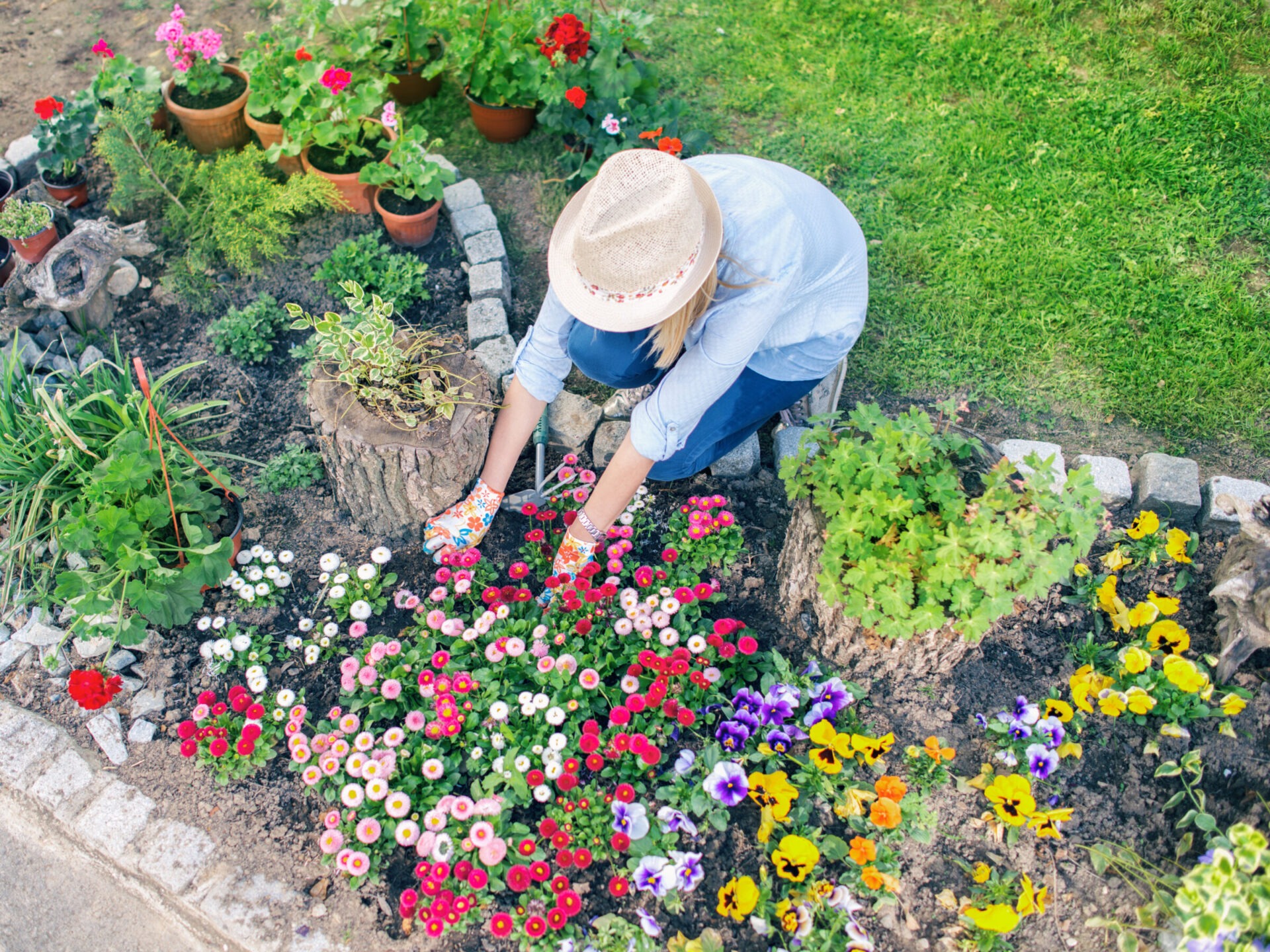Go Green: Sustainable Landscaping Ideas for Eco-Friendly Gardens

You want your outdoor space to offer something meaningful. Not just to you, but to the world around it. You care about creating something beautiful, alive, and worth nurturing. But the truth is, most traditional landscaping does the opposite. And if your yard fits that mold, you’re likely part of the damage.
Your perfect lawn, exotic nursery plants, and routine pesticide use may make for a great view outside your window, but they come at a heavy cost—introducing chemicals into groundwater, weakening the health of your soil, and offering little for the pollinators and wildlife that keep ecosystems thriving. Multiply that across neighbourhoods, across cities, and you’re looking at millions of acres contributing to collapsing ecosystems, water shortages, and heat-trapping surfaces that make climate extremes even worse.
Luckily, there’s a better way to do it. Sustainable landscaping transforms your yard from a source of strain into a force for restoration of ecosystems, and your budget. When you choose plants that are meant for your region, rebuild soil that sustains life from the roots up, and make sure every drop of water is put to use, your yard becomes more than a private retreat. It becomes part of the solution. Learn how to make the change here, and start making a difference right outside your door.
What Is Sustainable Garden Design?

Sustainable garden design focuses on creating outdoor spaces that are both visually appealing and environmentally beneficial. By prioritizing native plants, conserving water, supporting pollinators, and minimizing the use of chemical pesticides, your yard can begin to reverse the damage caused by traditional landscaping practices.
Start by working with what already exists in your garden. Soil composition, sunlight patterns, and drainage are not valuable assets, not limitations. Instead of reshaping the land to fit a fixed vision, sustainable landscaping adapts to your property’s natural conditions. This leads to a landscape that requires less maintenance, responds better to environmental stress, and delivers more satisfaction over time.
Understand the Basics of Sustainable Landscaping

At its core, sustainable landscaping is about responsiveness. It absorbs rainwater rather than shedding it, restores soil health rather than depleting it, and supports natural habitats instead of eliminating them. Because it relies less on synthetic inputs and more on natural systems, it reduces your environmental impact while lowering long-term maintenance costs. You conserve water, reduce or eliminate the need for fertilizers and pesticides, and invest in a space that supports biodiversity and manages itself more effectively.
Begin by viewing your yard as a living system. Test your soil, not only for pH but also for structure, nutrient levels, and texture. This tells you what your landscape can sustain naturally. Track how water moves across your yard during storms, observe where sun and shade fall throughout the day, and take note of areas that stay dry or remain damp. These observations form the foundation for every sustainable choice that follows.
From there:
Choose native plants that evolved in your region. They’re better adapted to your climate, more resistant to pests, and need far less water once established.
Design planting zones based on light and moisture. Grouping plants with similar needs makes watering more efficient and reduces plant stress.
Incorporate deep-rooted species like prairie grasses or native perennials to anchor the soil and improve storm resilience.
Ditch the turf where you can. The lawn is one of the most resource-hungry features in a yard. Replace high-maintenance areas with groundcovers, gravel paths, or low-growing meadow plants.
Direct water intentionally using swales, rain gardens, or permeable materials that let stormwater soak in and recharge your soil instead of rushing away.
Every one of these steps moves your yard from being a resource consumer to becoming a self-sustaining, restorative landscape that benefits your environment—and your budget.
Sustainable Landscaping Ideas to Inspire Change

Once you’ve embraced the basics of sustainable garden design, you don’t need a full overhaul to make an impact. Small, intentional changes can significantly improve your landscape’s health, resilience, and long-term value. These ideas build on your existing space and make sustainability more achievable.
Build a Rain Garden
If water pools in certain spots after rainfall, turn it into an opportunity. A rain garden captures stormwater in a shallow basin, filters it through roots and soil, and allows it to seep back into the ground. This prevents erosion, supports groundwater recharge, and takes pressure off municipal systems.
Choose moisture-tolerant native plants like blue flag iris, Joe Pye weed, and switchgrass, which can handle both wet and dry spells while providing structure and habitat through all seasons.
Install Drip Irrigation Under Mulch
Traditional sprinklers lose a lot of water to wind and evaporation. Drip irrigation delivers moisture right at the roots, where it’s needed most. It’s precise, water-efficient, and easier to manage over time.
For even better performance, install drip lines beneath mulch. This helps retain soil moisture and suppress weeds simultaneously, especially useful in vegetable gardens, native plant beds, and new installations.
Replace Hard Surfaces With Permeable Materials
Concrete and asphalt block water from reaching the soil and contribute to heat buildup. Replacing them with gravel paths, spaced pavers, or permeable stones allows water to soak in naturally.
These materials reduce runoff and also add texture and variation to your landscape’s visual design, making them both functional and attractive.
Plant for Seasonal Biodiversity
A resilient garden supports life throughout the year. Choose a variety of native plants that bloom in different seasons to provide consistent food and shelter for pollinators and beneficial insects.
Early bloomers like columbine support spring pollinators. Mid-season plants such as echinacea and bee balm offer u and nectar. Late bloomers like goldenrod and asters provide crucial resources in the fall. Plant in clusters to make foraging more efficient and attract pollinators for longer.
Use Reclaimed and Low-Impact Materials
Sustainable landscaping includes how you build, not just what you plant. Reclaimed brick, salvaged wood, and locally sourced stone all offer lower environmental impact and add character to your garden.
For raised beds, decking, or fences, consider FSC-certified or thermally modified wood that resists rot without harsh chemicals. Recycled composite options also offer a durable, low-maintenance alternative.
How to Maintain a Sustainable Garden

A sustainable garden strengthens itself with time. With the right foundation, it asks less of you over time. However, intentional maintenance practices are still important to keep your soil healthy, your plants supported, and your garden functioning as part of a harmonious ecosystem to support the planet. Luckily, this is easily achievable without draining your time, energy, or resources. Here’s how:
Feed Your Soil First
Soil is the base of every thriving landscape. Keep it biologically active by regularly adding compost, leaf mold, or other well-aged organic material. Enrich your garden beds seasonally (not just in spring) to build structure, improve drainage, and fuel nutrient cycling.
If you’re not sure what your soil needs, a basic test can reveal pH, texture, and nutrient levels so you can amend accordingly. Strong soil supports plant health, improves water retention, and eliminates the need for chemical fertilizers in the long run.
Mulch With a Purpose
Mulch protects your soil and locks in moisture, while keeping weeds under control. Choose organic options like shredded bark, straw, or leaf litter that decompose slowly and support microbial life in the soil.
Apply two to three inches around each plant, keeping it clear of stems and trunks to prevent rot. As it breaks down, mulch feeds the soil and gives your garden a clean, intentional finish with no plastic edging or artificial materials needed.
Water With Precision
Even drought-tolerant plants need occasional support during dry spells. Water early in the morning to minimize evaporation and help roots absorb more effectively. If you’re using a drip irrigation system or programmable controller, check it regularly and adjust based on the season.
A simple rain gauge helps you track natural precipitation so you know when to water and when to let nature take the lead. This is one of the easiest sustainable landscaping ideas to implement that quickly reduces waste and supports plant health.
Support Wildlife With Low-Intervention Habitat
A well-designed sustainable garden provides shelter and food for beneficial insects and pollinators. Small additions like a bee house, shallow birdbath, or a tucked-away log pile create natural habitat with very little effort.
Leaving areas of the yard slightly wild, like keeping brush piles or native shrubs untouched, adds structure and biodiversity to your outdoor space without increasing your workload. These features turn your garden into a functioning part of the local ecosystem.
Why Sustainable Landscaping Pays Off

Why Sustainable Landscaping Pays Off
Sustainable landscaping helps you build a yard that works harder for both your budget and your environment. It cuts down on waste, streamlines upkeep, and turns everyday decisions, like what to plant and how to water, into opportunities to reduce strain on natural systems and boost the resilience of your space.
Environmental Benefits with Lasting Effects
Traditional landscaping often relies on constant irrigation, synthetic fertilizers, and high-maintenance lawns that drain resources and harm biodiversity. Sustainable practices take a different path. Native plants require less water and fewer chemicals, helping to rebuild soil structure and reduce runoff. Instead of stressing municipal systems, features like rain gardens and permeable walkways return water to the ground, filtering pollutants and recharging groundwater.
Even small adjustments like replacing turf with deep-rooted perennials or reshaping beds to match your yard’s natural contours can reduce erosion, attract wildlife, and strengthen the ecosystem beyond your property line.
Cost Efficiency Built In
There’s real financial value in reducing inputs. Eliminating routine fertilizer treatments, cutting back on watering, and designing with long-term durability in mind leads to fewer repairs, less equipment, and lower monthly costs. Native species bounce back from drought and pests without intensive care, which means less need for replanting and fewer seasonal surprises.
Instead of needing to pour resources into maintenance every year, your yard can begin to support itself in functioning as its own ecosystem.
Beauty With Purpose
Sustainable gardens are built on intention. Native plants, reclaimed materials, and layered textures come together to create outdoor spaces that are grounded in place and built to last. As the seasons change, these landscapes adapt and evolve in offering structure, colour, and interest without constant effort. It’s thoughtful design that delivers lasting visual impact while supporting the environment it’s part of.
You shouldn’t have to sacrifice a beautiful design for sustainability. Luckily, by implementing these subtle, yet thoughtful choices, you can achieve both.
A Space That Gives Back
Beyond what it saves, sustainable landscaping gives something back. These spaces support pollinators, cool the air, and provide natural shade and privacy. They invite you outside more often and not just to work, but to unwind in a beautiful space you can live in, not just look at.
Remember that change doesn’t always start with policies or programs. Sometimes, it starts with one property. Then the next. Then a neighbourhood. And eventually, you’ll notice the ripple effect you started spreads further than you could have imagined.
Give Meaning to every square foot

One yard won’t fix the planet. But hundreds of small, smart choices made by people like you can. Sustainable landscaping isn’t a compromise. It’s a smarter, more intentional way to build something that thrives without constant upkeep, saves you money on resources, and quietly repairs the damage that conventional landscaping leaves behind. When you design with your land instead of forcing it into something it was never meant to be, your yard stops being a cost and starts becoming part of the solution.
Want more ideas on how to make every square foot count? Check out Landscaping Ideas: Your Ultimate Guide for Kitchener-Waterloo Homes, for more sustainable landscaping inspiration including regional planting strategies, real-world examples of phased projects, and curb appeal upgrades that are both practical and environmentally responsible. It’s an excellent resource to help you take what you’ve learned here and apply it across every part of your landscape design and make even more of a positive impact on our planet.
If you’re ready to take the next step in creating a landscape that reflects your values and meets your needs, reach out to our team at Kerr & Kerr. With years of experience in Kitchener-Waterloo and a reputation for reliable, thoughtful work, we’re here to help you plan a sustainable space that fits your property, your goals, and protects the environment. Request a consultation today and see how the right team can help you create an outdoor space that turns heads and supports a healthier future.
Tags:

